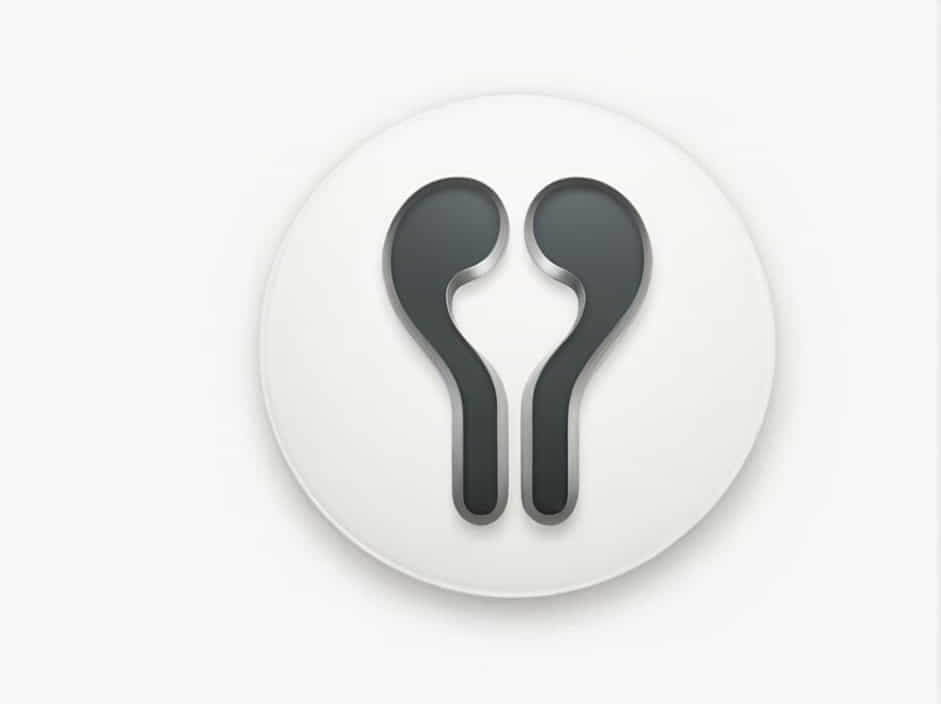The term “located behind the peritoneum” refers to organs and structures positioned in the retroperitoneal space of the body. The peritoneum is a thin membrane that lines the abdominal cavity and covers most abdominal organs. However, some organs lie behind this membrane, making them retroperitoneal.
Understanding retroperitoneal anatomy is crucial in medical fields such as surgery, radiology, and pathology, as it helps in diagnosing conditions related to these organs. In this topic, we will explore the definition, location, function, and significance of retroperitoneal structures in human anatomy.
What is the Peritoneum?
The peritoneum is a serous membrane that lines the abdominal cavity and surrounds many internal organs. It has two layers:
- Parietal Peritoneum – The outer layer that lines the abdominal wall.
- Visceral Peritoneum – The inner layer that covers abdominal organs.
Between these layers is the peritoneal cavity, which contains a small amount of fluid to reduce friction between organs.
What is the Retroperitoneal Space?
The retroperitoneal space is the area located behind the peritoneum, meaning it is not enclosed by the peritoneal membrane. This space extends from the diaphragm to the pelvis and contains several important organs.
Types of Retroperitoneal Organs
Retroperitoneal organs are classified into two categories:
- Primary Retroperitoneal Organs – These develop and remain outside the peritoneal cavity.
- Secondary Retroperitoneal Organs – These initially develop inside the peritoneum but later become retroperitoneal.
Which Organs Are Located in the Retroperitoneal Space?
Several major organs are retroperitoneal, including:
1. Kidneys and Adrenal Glands
- Located on both sides of the spine.
- Essential for filtering blood, producing urine, and hormone regulation.
2. Ureters
- Tubes that carry urine from the kidneys to the bladder.
- Run through the retroperitoneal space.
3. Pancreas (Except the Tail)
- The head, neck, and body of the pancreas are retroperitoneal.
- Plays a role in digestive enzyme production and blood sugar regulation.
4. Duodenum (Parts 2, 3, and 4)
- The first section of the small intestine.
- Responsible for digesting food and absorbing nutrients.
5. Aorta and Inferior Vena Cava
- The aorta supplies oxygen-rich blood to the body.
- The inferior vena cava carries deoxygenated blood back to the heart.
6. Ascending and Descending Colon
- Parts of the large intestine involved in absorbing water and forming stool.
- The transverse colon is intraperitoneal, but the ascending and descending portions are retroperitoneal.
Functions of the Retroperitoneal Space
The retroperitoneal space plays a critical role in human anatomy:
- Protects vital organs from external damage.
- Provides structural support to abdominal organs.
- Facilitates blood circulation via major vessels like the aorta.
- Allows the movement of urine and digestive fluids.
Medical Conditions Affecting Retroperitoneal Organs
Because these organs are located behind the peritoneum, diagnosing diseases can be challenging. Some common medical conditions affecting retroperitoneal organs include:
1. Retroperitoneal Hematoma
- Occurs when blood accumulates in the retroperitoneal space due to trauma or surgery.
- Symptoms: Abdominal pain, low blood pressure, weakness.
2. Retroperitoneal Fibrosis
- A rare condition where fibrous tissue grows around the abdominal aorta and ureters.
- Can cause kidney problems and obstruct urine flow.
3. Kidney Stones (Nephrolithiasis)
- Hard mineral deposits form in the kidneys and may block the ureters.
- Symptoms: Severe flank pain, nausea, and blood in urine.
4. Pancreatitis
- Inflammation of the pancreas, often due to alcohol consumption, gallstones, or infections.
- Symptoms: Abdominal pain, nausea, vomiting, fever.
Diagnostic Imaging for Retroperitoneal Organs
Since these organs are deep inside the body, imaging techniques are essential for diagnosis:
1. CT Scan (Computed Tomography)
- Provides detailed cross-sectional images of the retroperitoneal space.
- Used to detect tumors, kidney stones, and bleeding.
2. MRI (Magnetic Resonance Imaging)
- Produces high-resolution images without radiation exposure.
- Useful for diagnosing pancreatic diseases and vascular conditions.
3. Ultrasound
- A non-invasive method to examine kidneys, adrenal glands, and blood flow.
- Commonly used for detecting kidney stones and fluid accumulation.
Surgical Procedures Involving the Retroperitoneal Space
Certain surgeries target retroperitoneal organs. These include:
1. Nephrectomy (Kidney Removal)
- Performed in cases of kidney cancer, severe kidney disease, or organ donation.
- Can be done laparoscopically or through open surgery.
2. Pancreatic Surgery
- Used to remove tumors or treat chronic pancreatitis.
- Often requires a complex surgical approach due to the pancreas’ deep location.
3. Retroperitoneal Lymph Node Dissection (RPLND)
- A procedure used to remove lymph nodes in cases of testicular cancer.
- Helps prevent cancer from spreading.
Why is the Retroperitoneal Space Important?
Understanding the retroperitoneal space is important for:
- Medical professionals diagnosing abdominal pain and diseases.
- Surgeons performing complex procedures on kidneys, pancreas, and blood vessels.
- Radiologists interpreting CT scans and MRIs of the abdominal area.
The retroperitoneal space houses some of the body’s most vital organs, including the kidneys, pancreas, and major blood vessels. These structures play crucial roles in filtration, digestion, circulation, and hormone regulation. Because they are located behind the peritoneum, diagnosing and treating conditions affecting these organs requires specialized medical imaging and surgical techniques.
A deeper understanding of retroperitoneal anatomy is essential for healthcare professionals, as it helps in the accurate diagnosis and treatment of various abdominal and vascular conditions.
